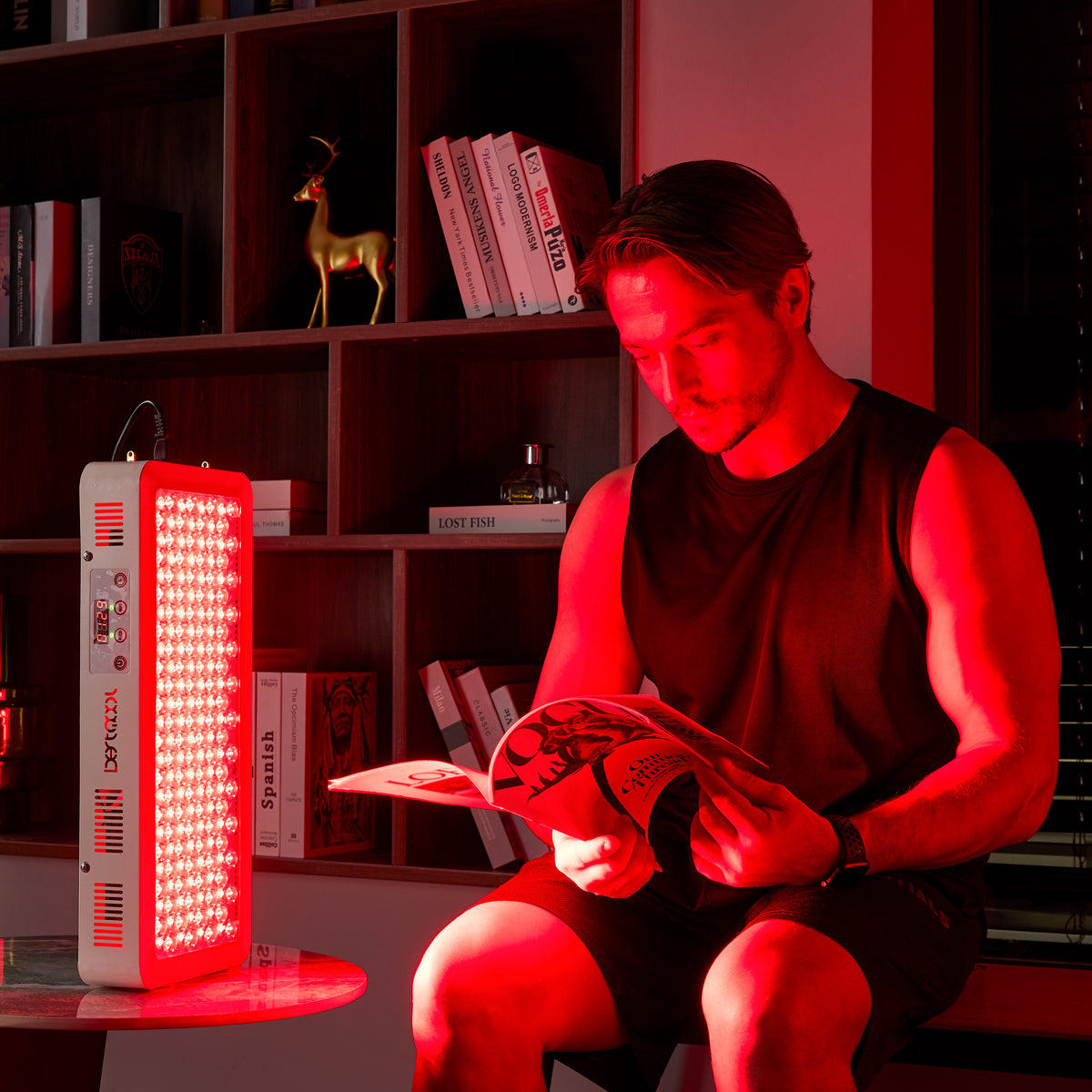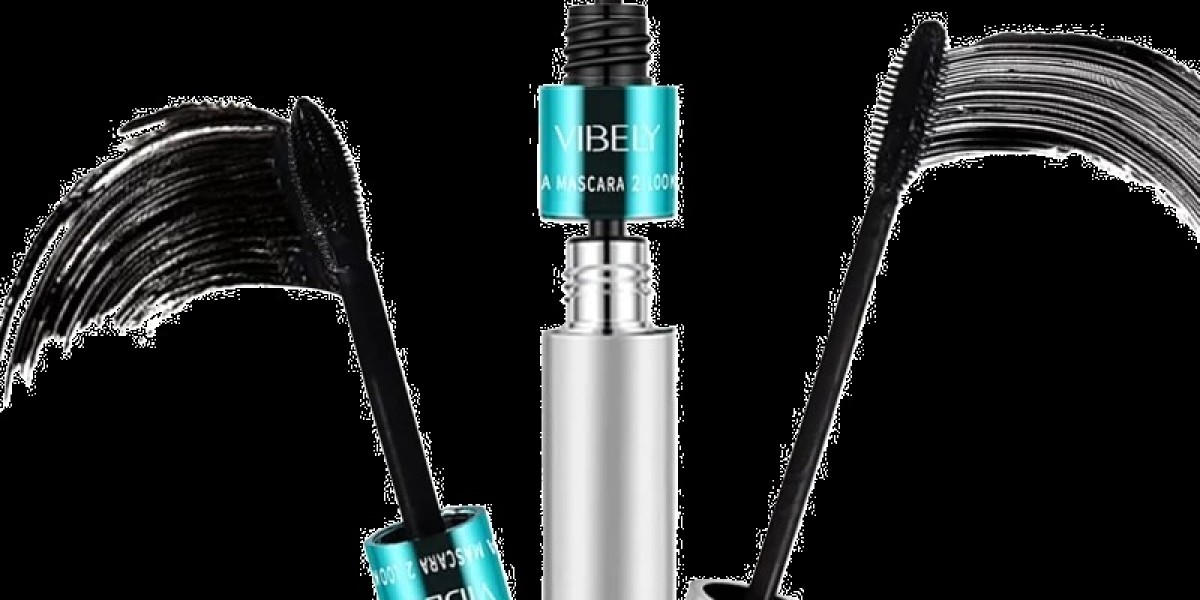Pain management lamps are becoming increasingly popular as a non-invasive solution for alleviating discomfort. But how do these innovative devices work? In this article, we will delve into the science behind pain management lamps, exploring their mechanisms, benefits, and applications.

Understanding Pain Management Lamps
Pain management lamps utilize light therapy to target areas of discomfort. This therapy involves the application of specific wavelengths of light, often in the red or near-infrared spectrum, to promote healing and reduce pain. But what exactly happens when light penetrates the skin?
- Cellular Energy Production: Light therapy stimulates the mitochondria in cells, enhancing ATP (adenosine triphosphate) production, which is essential for energy.
- Increased Blood Flow: The application of light can improve circulation, delivering more oxygen and nutrients to the affected area.
- Reduction of Inflammation: Light therapy has been shown to decrease inflammatory markers, which can lead to reduced pain and swelling.
How Light Therapy Works
The effectiveness of pain management lamps lies in their ability to penetrate the skin and interact with cellular structures. When light is absorbed by the skin, it triggers a series of biochemical reactions that promote healing. For instance, if you are experiencing chronic pain, the application of a pain management lamp may help alleviate your symptoms by:
- Enhancing tissue repair and regeneration.
- Reducing muscle tension and spasms.
- Modulating pain perception through the release of endorphins.
Applications of Pain Management Lamps
Pain management lamps are versatile tools that can be used in various settings, including:
- Home Use: Many individuals use pain management lamps at home for conditions such as arthritis, muscle strains, and joint pain.
- Clinical Settings: Healthcare professionals often incorporate light therapy into treatment plans for patients with chronic pain or post-surgical recovery.
- Sports Medicine: Athletes frequently utilize these lamps to expedite recovery from injuries and enhance performance.
Choosing the Right Pain Management Lamp
When selecting a pain management lamp, consider factors such as wavelength, intensity, and treatment area. It is essential to choose a device that meets your specific needs. For a comprehensive selection of high-quality pain management lamps, visit  .
.
In conclusion, pain management lamps represent a promising approach to alleviating discomfort through the power of light therapy. By understanding how these devices work and their potential applications, individuals can make informed decisions about their pain management strategies. Whether used at home or in a clinical setting, these lamps offer a gentle yet effective solution for those seeking relief.








